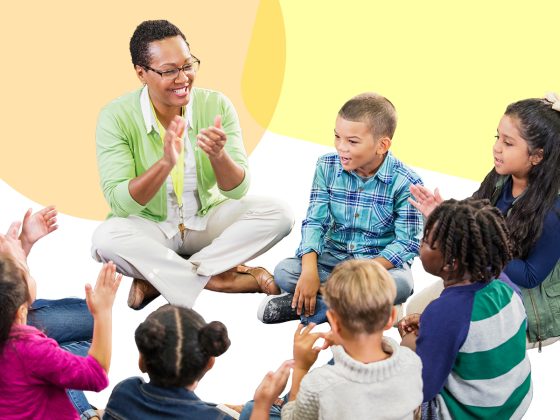
Building Classroom Community
An article about building classroom community after a period of remote learning.
Going back to on-site learning this year can present challenges for everyone. Children and adults may not be used to being around more than several people at a time! Friendships may have shifted because of quarantine practices, and children may be more anxious about taking the kinds of healthy risks that help them learn. Consider these ideas:
Mask Match!
It can still be disorienting for young children see people in masks, especially if they need to get to know new people. Make a matching game out of the adults in the school community (you can include children!) with and without masks. Talk about who works in the school and what their jobs are.
Easing Separation Anxiety
Invite children to bring in family photos, and create a bulletin board with all the photos. If children are missing their families, they can decorate the area around their family’s photo as if creating a picture frame.
Community Circle
Try this activity to illustrate the idea of how communities are made of connections:
- Sit in a circle with a ball of string or yarn. Hand it to one child and ask them to hold the end of the string and name something they’re good at.
- That child holds onto the string and rolls the ball to a child across the circle, who gives an example of how they have been a caring friend or family member and then rolls the ball to another child (while still holding on to the string).
- Repeat until every child has answered and there is big web connecting everyone in the circle. Point out that they are all important members of the classroom community and they are all connected—no one is alone.
- Explain that the string shows that you are all connected to each other. Ask one child to pull on the string in their hand; others will be able to feel the tug. Ask one child to drop their string, the web will change shape slightly. If you cut the string in one place, the whole web would be damaged. Everything we say and do matters to others in our community.
Of course, your teacher community needs rebuilding, too. You might start a shared document with colleagues that can serve as a repository of best practices, policies, ideas, tips, and information that can help you and your students adjust! Include plans and links to resources that emphasize relationship-building, positive feedback, family communication strategies, and setting clear expectations.
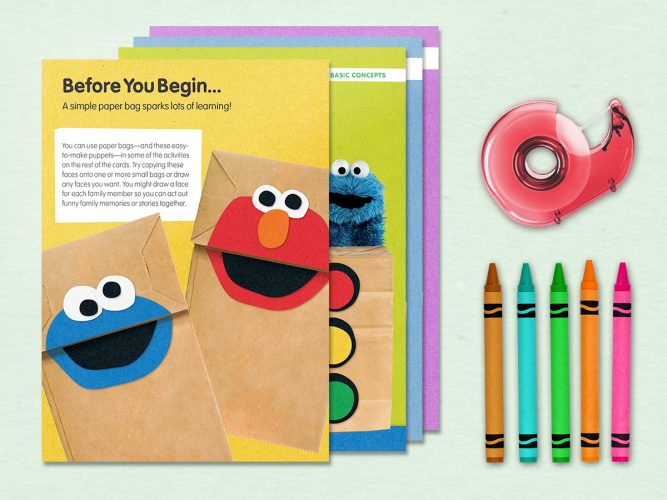
Learn & Grow: Inside, Outside, on the Go
Learning can happen anytime, anywhere—inside, outside, or on the go!
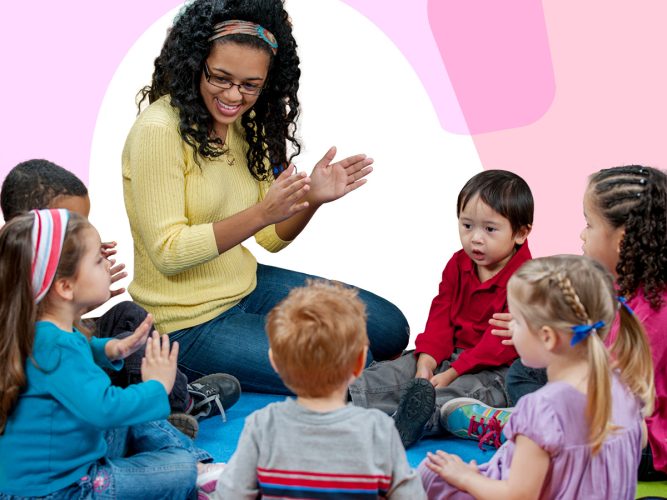
Just for Teachers: The Magic of Circle Time
Learning is all about relationships!
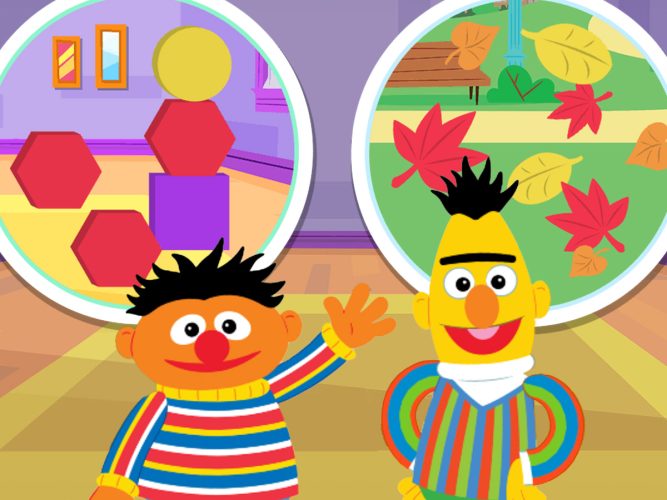
Inside, Outside With Bert & Ernie
Children can play—and learn!—along with Bert and Ernie as they observe and notice, gather and collect, sort and match, and use clues that build reasoning skills.
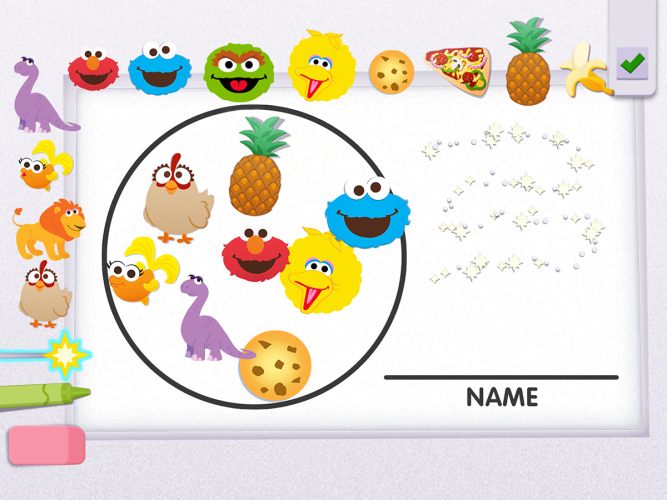
My Classroom Circle
Children can create their own unique circle canvas to share their favorite things with their classroom community... and see what they may have in common.
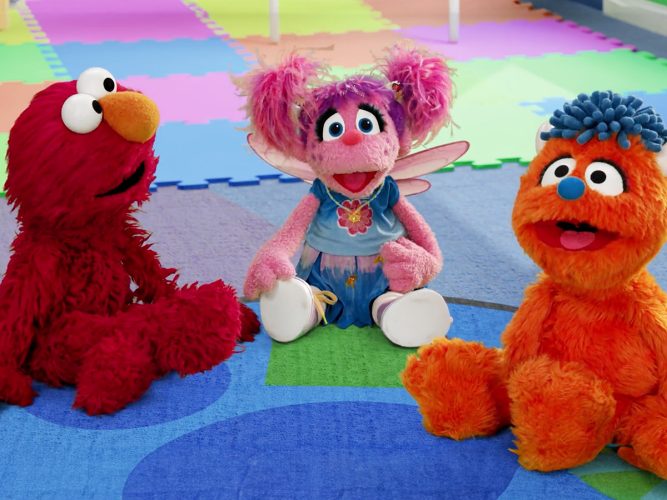
Learning Party
When children feel welcome and included, school can feel like a learning party that they’re invited to each and every day!
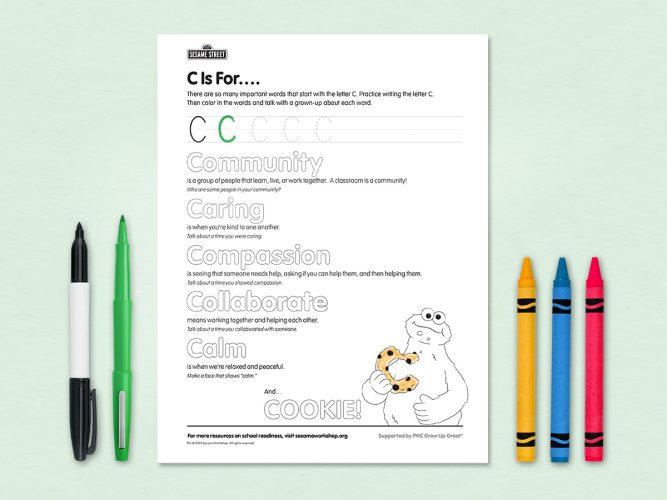
C is for...
Classroom communities care, collaborate, show compassion… and celebrate!
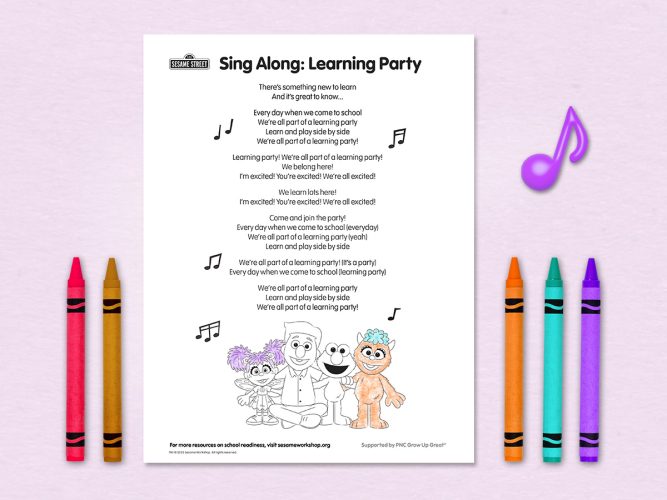
Sing-Along: Learning Party
Every day can be a celebration of learning. Keep the music going!
